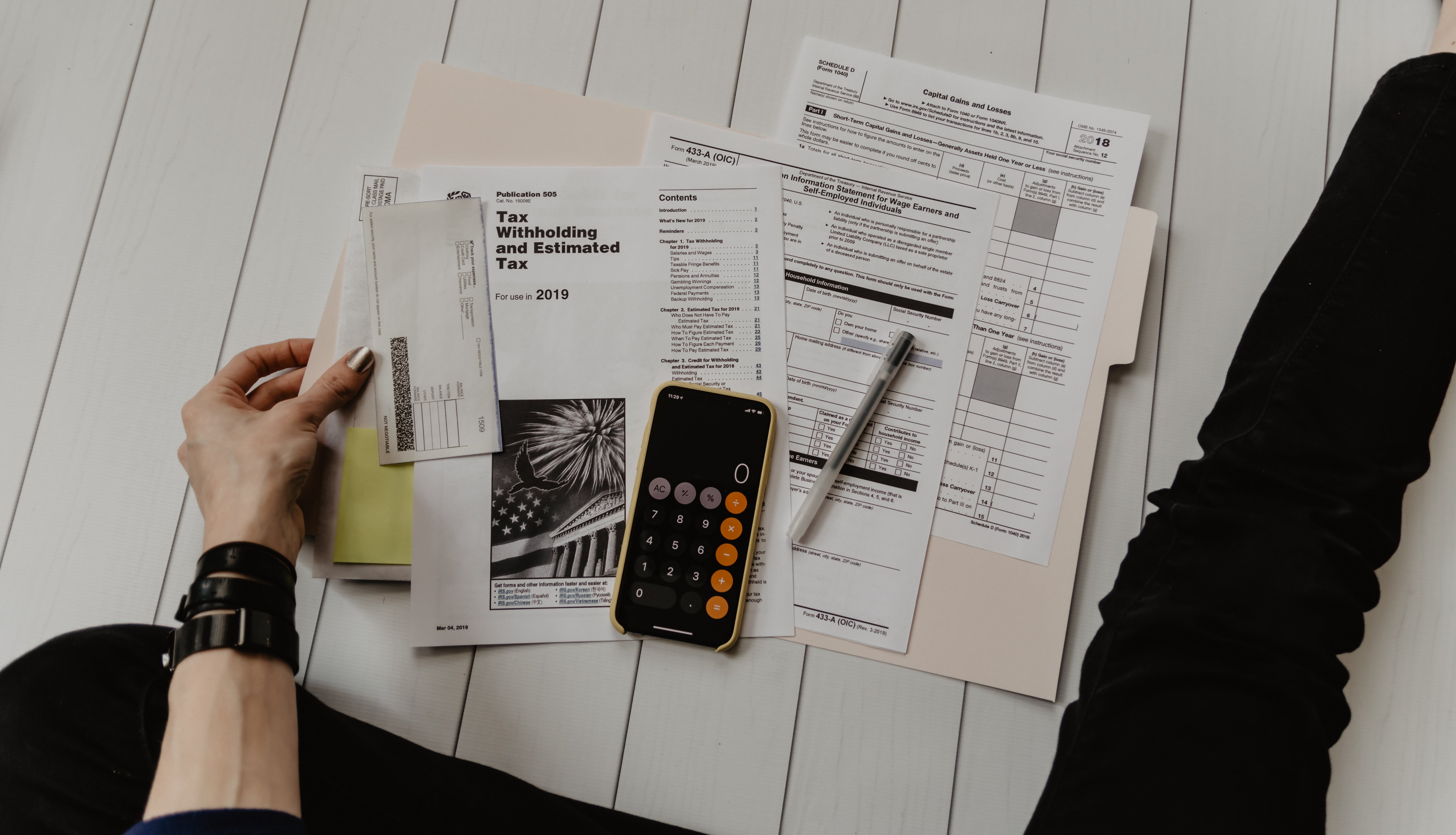
Streamlining the Annual Accounts Preparation Process
As a small business owner or sole trader, you know that there are a lot of administrative tasks that need to be taken care of on a regular basis. One of the most time-consuming and daunting tasks is account prep.
What are annual accounts?
Annual account preparation includes a set of financial statements that provide a summary of your business’s financial performance and position over the past year. They are used by a variety of stakeholders, including shareholders, creditors, and tax authorities.
Annual accounts for a limited company typically include the following:
- A balance sheet, which shows the assets, liabilities, and equity of the business at the end of the financial year.
- A profit and loss account, which shows the income and expenses of the business over the financial year.
- Notes to the accounts, which provide additional information about the financial statements.
How to file your annual accounts
The filing requirements for annual accounts for a limited company vary depending on the type of business and the size of the business. However, all businesses must file their annual accounts with Companies House within 9 months of the end of the financial year.
Annual accounts preparation must be filed in a prescribed format and must be accompanied by a filing fee.
Accounting records that your company must keep
A company’s financial statements are a set of documents that provide information about the company’s financial performance and position.
The balance sheet, profit and loss statement, and notes to the accounts are required by law to be filed with Companies House. The directors’ report is not required for all companies, but it is often included as a matter of good practice.
Balance Sheet
The balance sheet is a snapshot of a company’s financial position at a specific point in time. It shows the company’s assets, liabilities, and shareholders’ equity.
Assets are things of value that the company owns. They can be categorised as current assets, anticipated to be utilised or converted into cash within a year, or non-current assets, projected to be utilised or converted into cash over a span exceeding one year
Liabilities are debts that the company owes. They can be classified as current liabilities, which are due to be paid within one year, or non-current liabilities, which are due to be paid over a period of more than one year.
Shareholders’ equity is the difference between assets and liabilities. It represents the amount of money that the shareholders have invested in the company.
The Profit and Loss (P&L) Statement
The profit and loss statement shows the company’s income and expenses over a period of time, usually one year. The profit or loss for the period is calculated by subtracting expenses from income.
Income is the money that the company earns from its business activities. It can be classified as operating income, which is the income generated from the company’s core business activities, or non-operating income, which is the income generated from other sources, such as investments.
Expenses are the costs that the company incurs in order to generate income. They can be classified as operating expenses, which are the costs associated with the company’s core business activities, or non-operating expenses, which are the costs associated with other activities, such as interest payments and taxes.
Notes to Accounts
Notes to the accounts provide additional information about the financial statements. This information may include details about the company’s accounting policies, significant transactions, and contingent liabilities.
Accounting policies are the rules and procedures that the company uses to prepare its financial statements. Significant transactions are transactions that are material to the company’s financial statements. Contingent liabilities are potential liabilities that may arise from future events.
Directors’ Report
The directors’ report is a narrative document that provides an overview of the company’s financial performance and position. It also discusses the company’s future prospects and challenges. The directors’ report must be signed by the company’s directors. It must be filed with Companies House at the same time as the company’s financial statements.
Seek a Professional Small Business Accountant
Stonehouse’s professional accounting services are the most esteemed sole trader and small business accountants in the Peterborough area, and we can help you develop a realistic budget, identify areas where costs can be minimised, and pinpoint opportunities for growth.
Whether you’re a growing business or new to UK accounting services, we’re here to help. Contact us today to learn more about our services and how we can help you achieve your financial goals.
